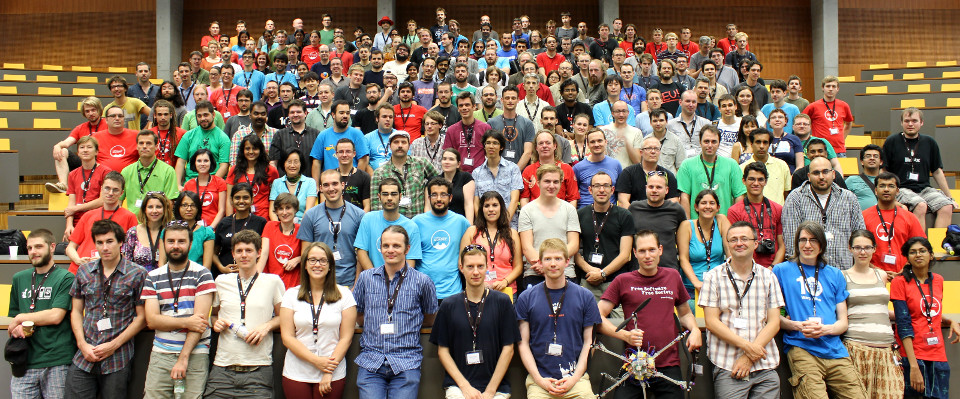Recently Groupon announced a new tablet-based platform named “GNOME”. If you’re reading this, you probably already know that GNOME has been a big and popular free software project for the past 17 years, *and a registered trademark since 2006*.
It’s outrageous that a billion dollars company such as Groupon would not have heard of GNOME before. Even after the GNOME Foundation got in touch with them, they insisted and filed more trademark applications [1][2][3].
We have to file formal proceedings to oppose 10 of these trademark applications by December 3, 2014. We will need 80k USD to oppose the registration of the first set of 10 applications. Thus, we need your help to raise these funds!
I already donated and hope you will too! Please, help us by donating today and spread the word through social media using the hashtag #defendGNOME!
GNOME can accept donations by paypal, check, bank/wire transfer, Flattr and Bitcoin.
UPDATE: After raising more than our 80k goal in less than 24 hours, Groupon announced that they’re now abandoning all of their 28 pending trademark applications. We did it!
Stay tuned for future updates in this matter.




